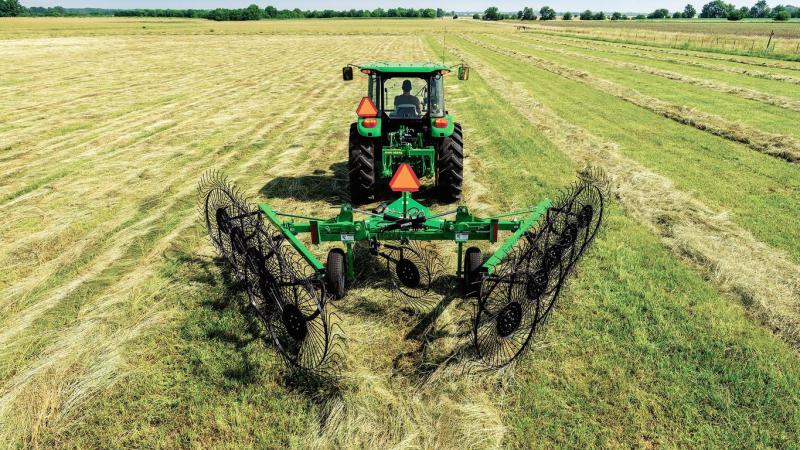When it comes to modern agricultural practices, efficiency is key. Farmers are continually seeking innovative solutions to optimize their harvest and reduce manual labor. Among the many crucial tools in the agricultural repertoire, hay and forage rakes play a vital role in streamlining the harvesting process. These machines are designed to efficiently collect and arrange cut forage, hay, or straw into neat rows, facilitating easy baling and subsequent storage. In this blog, we delve into the world of hay and forage rakes, exploring their significance, types, and the evolving market trends.
Hay and forage rakes are indispensable components of mechanized agriculture, offering numerous advantages over traditional manual methods. These machines not only save valuable time and labor but also minimize the risk of damage to the crop during the raking process. The market for hay and forage rakes has witnessed remarkable growth in recent years, primarily driven by technological advancements that have enhanced their efficiency and versatility.
Several types of hay and forage rakes are available to cater to diverse agricultural needs. Wheel rakes, rotary rakes, and parallel bar rakes are among the most common variants, each offering distinct benefits. Wheel rakes are known for their simplicity and cost-effectiveness, making them suitable for small to medium-sized farms. Rotary rakes, on the other hand, excel in handling wetter and heavier crops, ensuring consistent and even windrows. Parallel bar rakes are favored for their gentle handling of delicate forage, making them ideal for high-quality hay production.
With the increasing demand for sustainable and eco-friendly practices, the hay and forage rakes market has witnessed a surge in innovations. Manufacturers are incorporating advanced technologies such as precision sensors and automation to optimize rake performance. These upgrades allow for better control, increased efficiency, and reduced wastage. Additionally, there is a growing focus on ergonomics and ease of use to attract a younger generation of farmers who prioritize user-friendly equipment.
In conclusion, the hay and forage rakes market is undergoing a significant transformation, driven by the pursuit of harvesting efficiency and sustainable agriculture. As farmers increasingly recognize the importance of mechanization in optimizing their operations, the demand for advanced hay and forage rakes will continue to rise. Manufacturers and innovators must keep pace with the evolving needs of the agricultural industry, ensuring that these essential tools play a pivotal role in the ongoing quest for food security and agricultural excellence.
